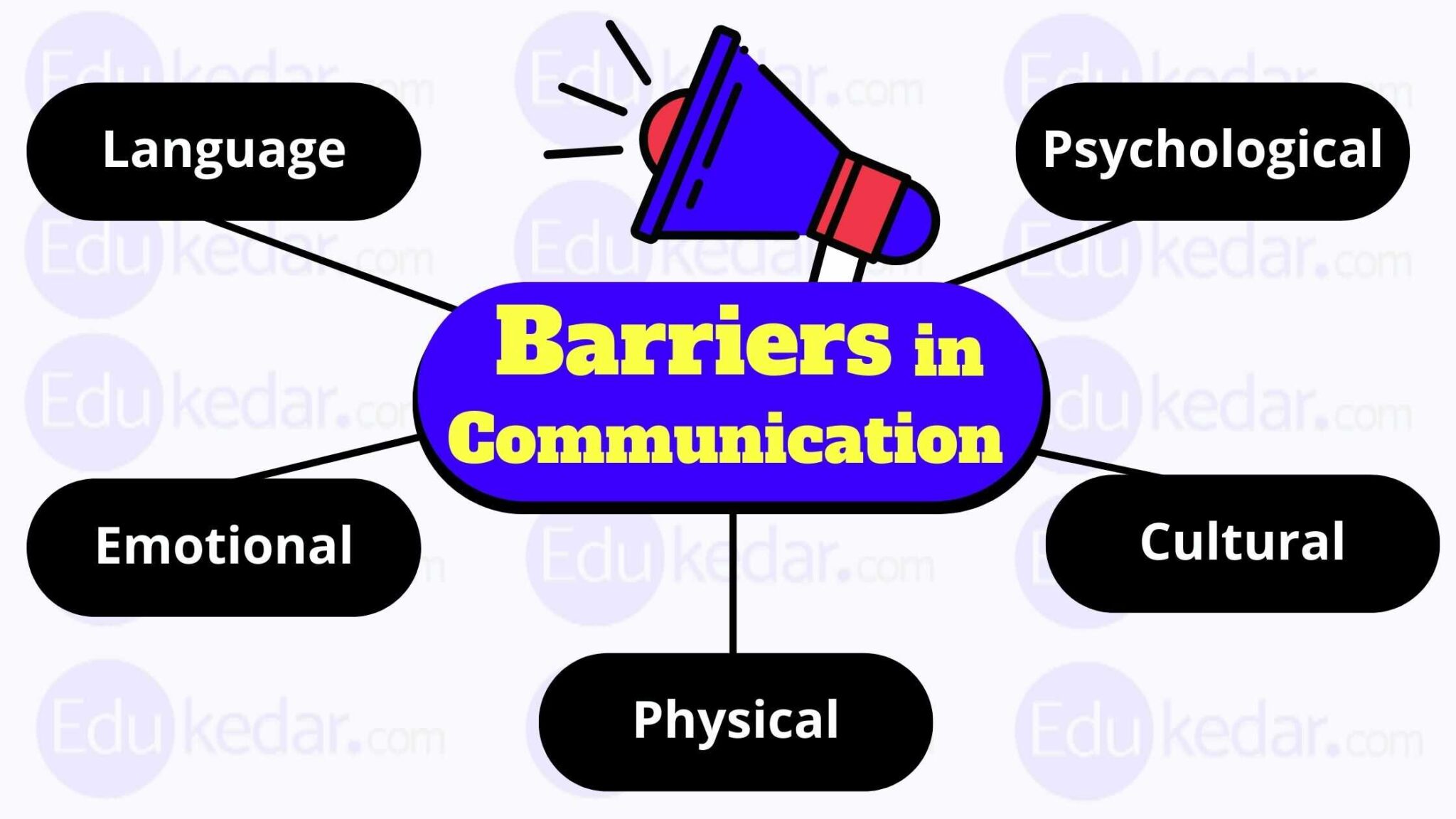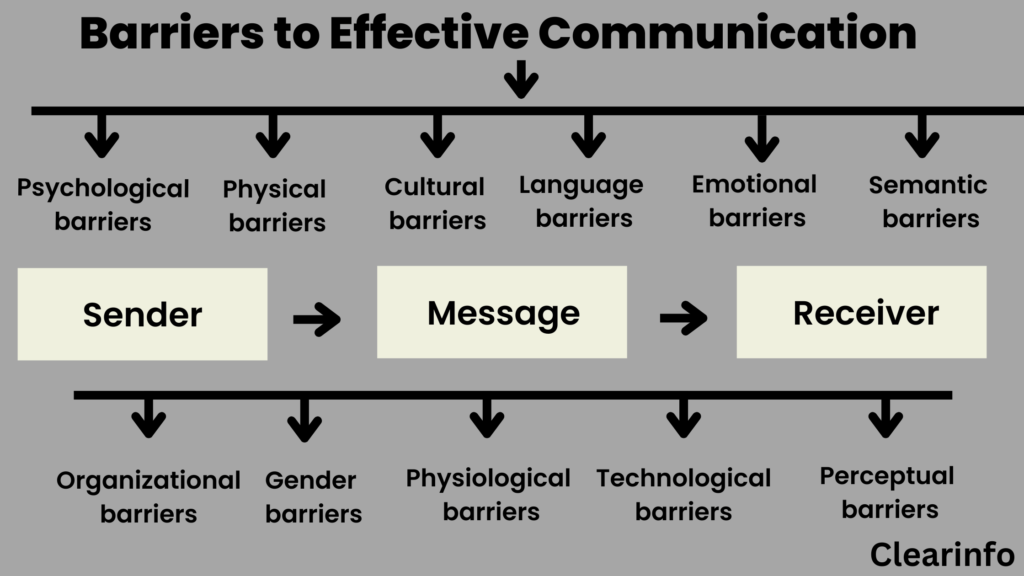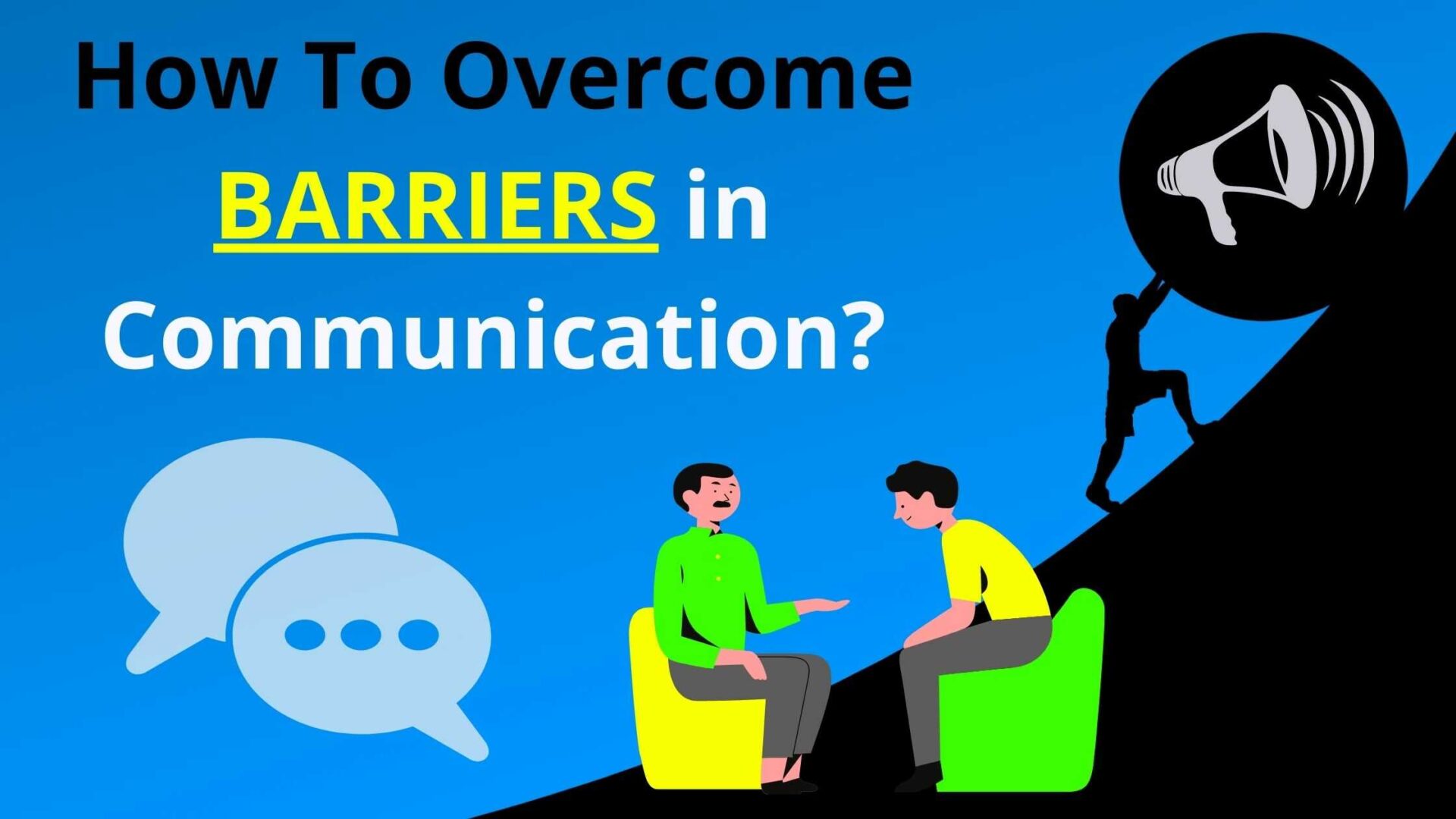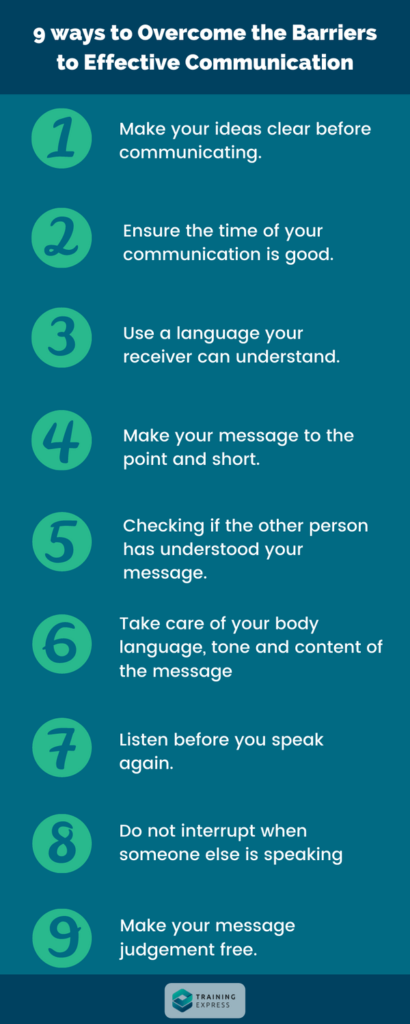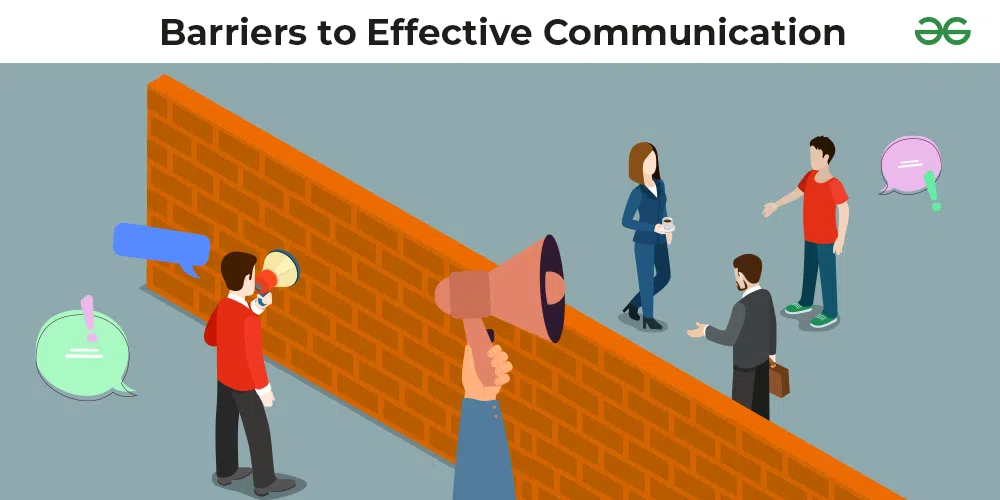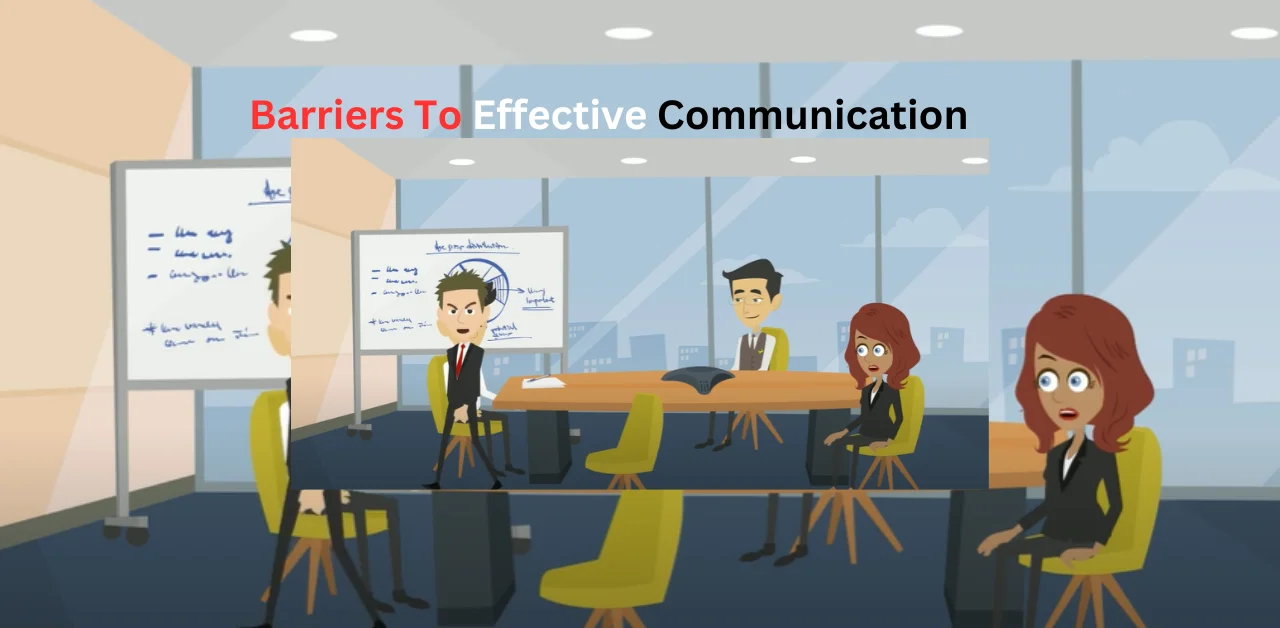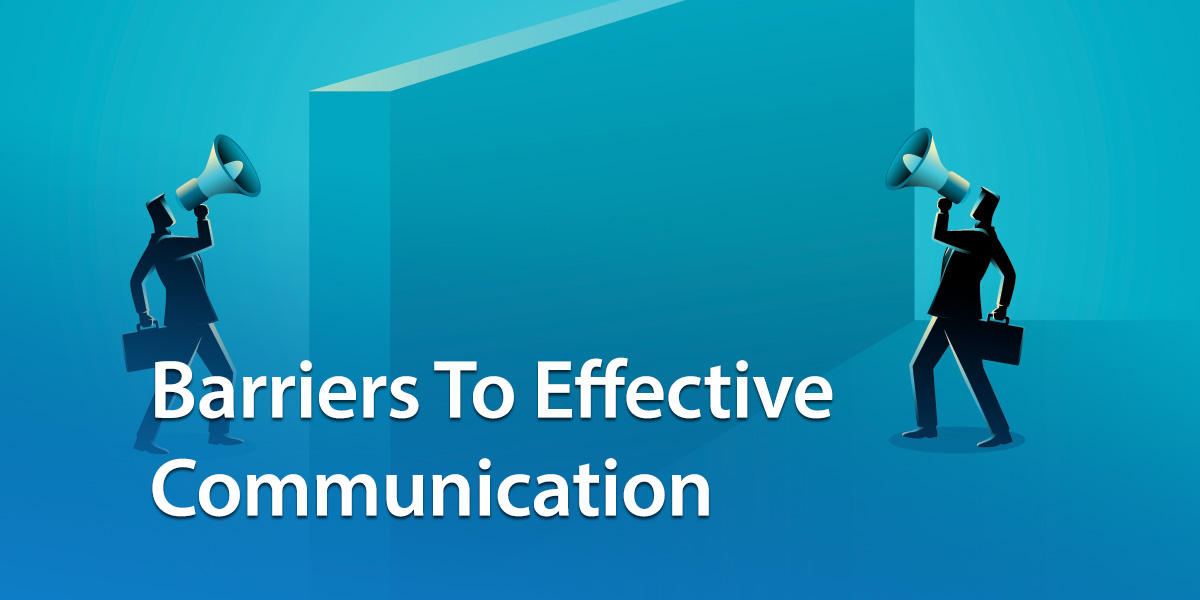Solutions For Communication Barriers

Communication barriers, pervasive across all sectors of society, impede progress and foster misunderstandings. From healthcare to business, overcoming these obstacles is crucial for effective collaboration and equitable access to information.
This article explores various solutions being implemented to bridge these communication gaps, focusing on innovative technologies and inclusive strategies. These solutions aim to create a more connected and understanding world.
Understanding the Landscape of Communication Barriers
Communication barriers are multifaceted, ranging from language differences and cultural nuances to technological limitations and accessibility challenges. According to a 2023 report by the National Institute on Deafness and Other Communication Disorders (NIDCD), approximately 15% of American adults report some trouble hearing.
Furthermore, language barriers significantly impact access to essential services, particularly in diverse communities. These challenges necessitate comprehensive and tailored solutions.
Technological Solutions: Bridging the Digital Divide
Technology plays a pivotal role in mitigating communication barriers. Real-time translation apps and software are increasingly sophisticated, enabling smoother cross-lingual conversations.
For instance, companies like Google and Microsoft offer translation services integrated into their platforms, facilitating international collaboration. The use of AI-powered translation promises even more accurate and nuanced communication in the future.
Assistive technology, such as screen readers and speech-to-text software, empowers individuals with disabilities to access information and participate more fully in society. Closed captioning and audio descriptions are becoming standard features in multimedia content, enhancing accessibility for those with hearing or visual impairments.
Inclusive Communication Strategies: Fostering Understanding
Beyond technology, adopting inclusive communication strategies is paramount. This involves tailoring communication styles to suit diverse audiences, considering cultural differences and individual needs. Plain language initiatives, for example, aim to simplify complex information, making it accessible to a wider readership.
Cultural sensitivity training programs are essential for organizations that operate in multicultural environments. These programs help employees understand and respect different communication norms, preventing misunderstandings and fostering positive relationships.
Healthcare providers are increasingly employing certified interpreters to ensure effective communication with patients who have limited English proficiency. This is crucial for accurate diagnosis and treatment.
“Effective communication is not just about transmitting information; it's about ensuring understanding and building trust,” says Dr. Maria Rodriguez, a communication specialist at University of California, Berkeley.
Case Studies: Success Stories in Overcoming Barriers
Several organizations have successfully implemented solutions to address communication barriers. The World Health Organization (WHO) provides multilingual resources and guidelines for health communication during global emergencies, ensuring that critical information reaches diverse populations.
Local community centers often offer language classes and cultural exchange programs to promote understanding and integration among residents from different backgrounds. These initiatives contribute to creating more cohesive and inclusive communities.
Many schools are adapting their teaching methods to accommodate students with diverse learning styles and communication needs. Universal Design for Learning (UDL) principles are being integrated into curriculum development, ensuring that all students have equal opportunities to succeed.
The Impact and Future Outlook
Overcoming communication barriers has far-reaching benefits, including improved healthcare outcomes, enhanced business productivity, and stronger social cohesion. As technology continues to evolve and awareness of inclusive communication practices grows, the potential to bridge these gaps is immense.
However, challenges remain. Ensuring equitable access to technology and addressing systemic inequalities are critical for realizing the full potential of these solutions.
Continued research and innovation are needed to develop even more effective strategies for breaking down communication barriers and fostering a more connected and understanding world. Investment in education and training is also essential to equip individuals with the skills to communicate effectively across cultures and languages.
